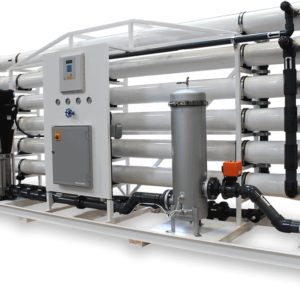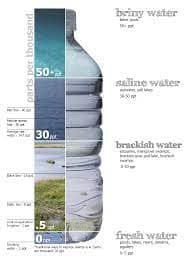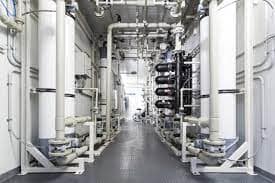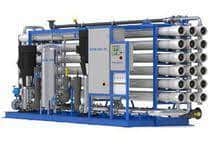
Brackish water aquarium
Buy on whatsappDescription
Brackish water aquariums provide a fascinating opportunity to showcase unique fish species that thrive in environments with a mixture of freshwater and saltwater. In this article, we will explore the intricacies of setting up and maintaining a brackish water aquarium, including suitable fish species, recommended plants, and essential water parameter management.
1. Understanding Brackish Water Aquariums
Brackish water is a mix of freshwater and saltwater, creating a habitat that lies between freshwater and marine environments. This unique blend of salinity is found in estuaries, mangroves, and certain coastal areas worldwide. The salinity levels in brackish water typically range from 0.5 to 35 parts per thousand (ppt), which is lower than that of seawater but higher than freshwater.
2. Setting up Your Brackish Water Aquarium
Creating a successful brackish water aquarium begins with setting up the appropriate environment for your fish and plants. Follow these steps for a smooth setup process:
2.1 Tank Selection and Size
Choose a tank size suitable for the fish species you intend to keep. A larger tank is generally better for maintaining stable water conditions. Aim for a tank size of at least 30 gallons to provide ample swimming space for your fish.
2.2 Substrate and Decorations
Select a substrate that mimics the natural brackish environment, such as a mix of sand and crushed coral. This type of substrate helps maintain stable pH levels. Decorate your tank with driftwood, rocks, and live or artificial plants to create hiding spots and mimic the natural habitat of brackish water fish.
2.3 Filtration and Water Circulation
Choose a high-quality filter that can handle the waste produced by your fish. Brackish water aquariums benefit from moderate to strong water flow to replicate the natural environment. Consider using a powerhead or a wavemaker to ensure adequate water circulation.
2.4 Salinity and Water Parameters
Maintaining proper salinity levels is crucial for the health of your fish. Use a reliable hydrometer or refractometer to measure salinity. Most brackish water fish thrive in salinity levels ranging from 1.005 to 1.015 specific gravity (SG). Regularly monitor and adjust salinity levels to keep them within the optimal range.
2.5 Introducing Fish and Plants
When your tank is fully cycled and stable, introduce compatible fish species gradually. Popular brackish water fish include the Figure 8 Pufferfish, Scat, Archerfish, and Mono Sebae. Ensure that the plants you choose are adaptable to brackish water conditions, such as Java Fern, Anubias, and Vallisneria.
3. Maintaining Water Parameters
To ensure the health and well-being of your brackish water aquarium inhabitants, it’s important to monitor and maintain proper water parameters. Here are some key factors to consider:
3.1 Temperature
Most brackish water fish prefer a temperature range of 75-82°F (24-28°C). Use a reliable aquarium heater and thermometer to maintain a stable temperature within this range.
3.2 pH and Hardness
The ideal pH range for a brackish water aquarium is typically between 7.5 and 8.5, while the hardness should be around 10-25 dGH. Regularly test the water using appropriate test kits and make adjustments if necessary.
3.3 Ammonia, Nitrite, and Nitrate Levels
Monitor ammonia, nitrite, and nitrate levels using test kits. Ammonia and nitrite should always be at zero, while nitrate levels should be kept below 40 ppm. Perform regular water changes to maintain optimal water quality.
3.4 Lighting
Provide appropriate lighting for your brackish water aquarium based on the needs of the plants and fish species you have. Some fish prefer dimly lit environments, while others require moderate to high lighting.
4. Brackish Water Aquarium Maintenance Tips
Here are a few additional tips to keep your brackish water aquarium thriving:
- Perform regular water changes of 10-20% every 1-2 weeks to remove accumulated waste and maintain water quality.
- Clean the tank glass, decorations, and filter regularly to prevent the buildup of algae and debris.
- Check and maintain your equipment, including the filter, heater, and lighting, to ensure they are functioning optimally.
- Observe your fish for any signs of stress, disease, or aggression, and take appropriate action if necessary.
- Research the specific care requirements of the fish species you keep to provide them with the best possible care.
Conclusion
Creating a brackish water aquarium is an exciting endeavor that allows you to showcase unique fish species and create an environment that resembles their natural habitat. By understanding the setup process, maintaining optimal water parameters, and following best practices for maintenance, you can ensure a thriving and visually stunning brackish water aquarium for years to come.




